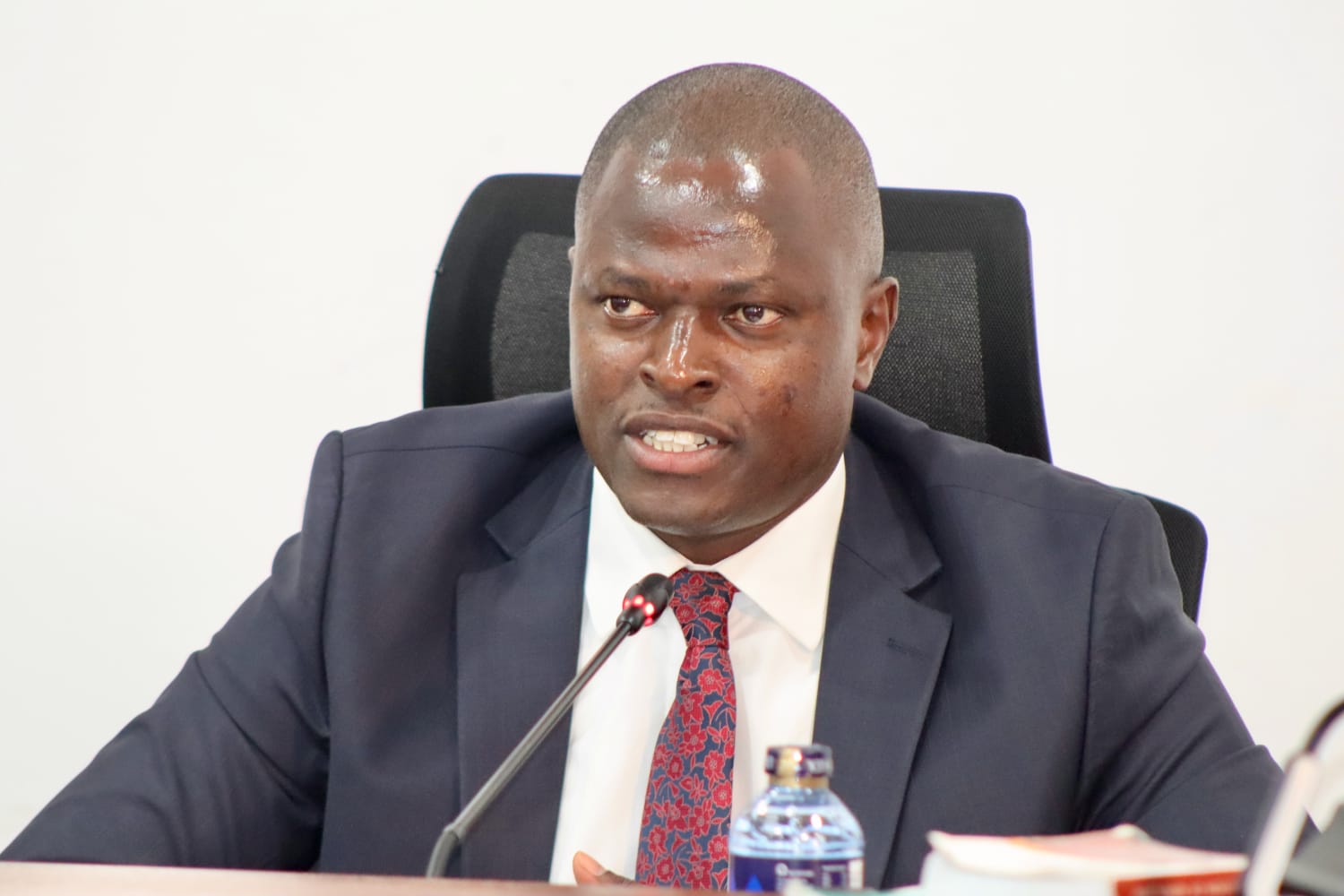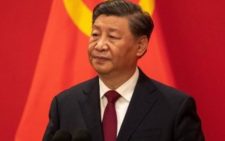Ndindi Nyoro paints reality of Kenya’s dire debt situation

Despite President William Ruto’s administration blowing its trumpet that the economy is on stable footing, Kenya continues to face a grim future as the debt levels remain on an upward trajectory.
This is even as the country continues to seek more loans from both the domestic market and the external markets, with the deadlines of the previously acquired long-term loans, which are notably expensive, fast approaching.
In regard to this, the Ruto administration has been taking long-term loans to offset slightly affordable loans with the hope of getting more time to focus on other factors.
According to the National Assembly’s Finance and Budget committee, immediate former chairperson and once diehard supporter of the president, Ndindi Nyoro, this tendency is inefficient as it piles more pressure on the economy due to the costly interest rates that claim more than Sh1.8 trillion every fiscal year.
“I don’t think we are taking the seriousness of this matter the way it should. And I also don’t think those who are responsible are communicating enough about the problem we have on our hands,” he said, noting that in terms of debt management, Kenya has a lot of work to do.
Speaking in Nairobi yesterday, Nyoro, based on his experience and knowledge, highlighted that interest rates on domestic loans takes the biggest chunk, Sh750 billion, with close to Sh250 billion being left for external loans.
The Sh1.8 trillion is from the Sh1.25 trillion allocation for the Consolidated Fund Service (CFS) which typically is a mandatory expenditure charged to the Consolidated Fund, a public fund established by the Constitution for debt servicing (interest and principal repayments), pension payments, and salaries or allowances for independent and constitutional offices.
“The reality is that you retire with a debt of 6.8 per cent with a debt of 10.3 per cent, and then you clap, and you want the whole country to be closed for people to celebrate. Those are the things that will catch up with this country very soon,” he said.
Debt distress
Nyoro’s sentiments were based on the fact the country last June took a more expensive bond to offset a previous bond that had reached maturity, yet the country did not have the fiscal space to cater for it. He noted that 40 per cent of the country’s total budget goes to debt repayment leaving little room for development projects and other expenditures leading to the country vulnerable to credit avenues exploitation.
As of January 31, Kenya’s total public guaranteed debt, according to the National Treasury CS John Mbadi, stood at Sh11.02 trillion with domestic loans taking the biggest chunk. The domestic loans, Sh5.93 trillion, is primarily owed to banks, pensioners, businesses and individuals though government securities.
In spite of the harsh reality, the country still records revenue collection shortfalls amid high expenditures. He faulted the government for failing to match the revenue consolidation realities while conversely going heavy on expenditures.
“You collect revenues of Sh2.4 trillion. You use over 1.2 trillion in paying interest rates of debt in kind. So that’s 50 per cent that you can do nothing about. If we take our revenue collection, you remove CFS, you remove salaries, you are already in debt,” he noted.
This, according to him, means that the money Kenya borrows, part of which is for budget support, is channelled for retirement hence calling for prudent measures to cushion the country from falling into debt distress.
The former committee chair took a jibe at the National Treasury CS, John Mbadi’s plan to visit China, noting that the discussions would primarily be revolving around debt, a move which sends a wrong signal to the credit market.
“Because we are almost at a cliff in terms of debt regime, and especially interest rate, the problem is that when you go to your creditors to discuss either scheduling debt or working around new terms, what are you telling the market?” he asked, adding that by giving signals we have problems paying our debt, the international market starts to sense we may also change payment terms.
At the same time, he called out the government over the heavy taxation to the already struggling Kenyans affecting their disposable income even further at a time when the cost of living continues to rise.
“You know, when money is deducted from the payee, it’s like the stima (power) has been cut on the transformer. So, it actually never reaches your hands. Now, when you cut money from the payee level, you no longer save them that money and you cannot be able to send to your loved ones if you were previously sending from it,” he illustrated.
Back investors
To adequately help address the issue of rising debt levels, he advised that the government needs to seriously take institutional reforms. This, he said, adds extra pressure to the economy through the high expenditures.
“I’m telling you for a fact that today, the country can provide better service delivery even without half of the officials,” he said.
Additionally, he noted the country can opt to sell some of its assets in businesses across different sectors and still remain in control through regulation.
Furthermore, the private sector should be well funded for optimum function, noting that the Kenyan entrepreneurs have high potential in bolstering economic growth. “The problem is that investors are not taken seriously, in fact the policies that are being formulated appear to be sending them away,” he said.













